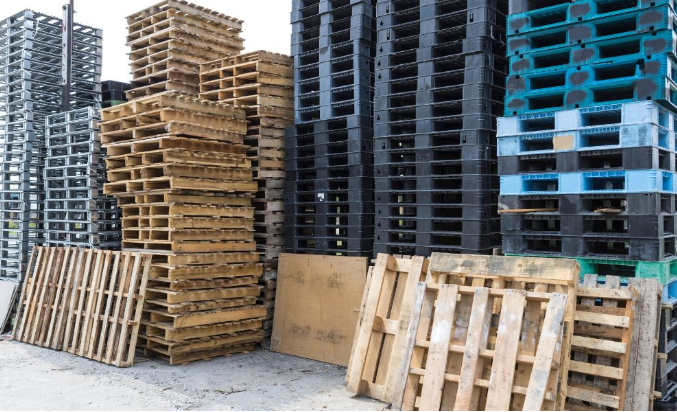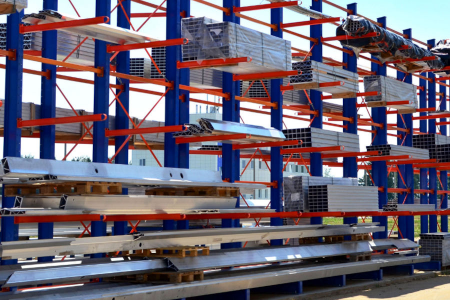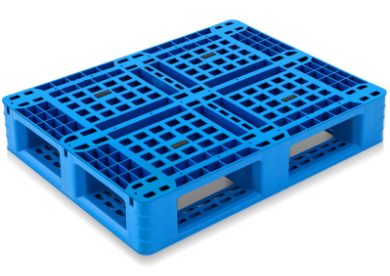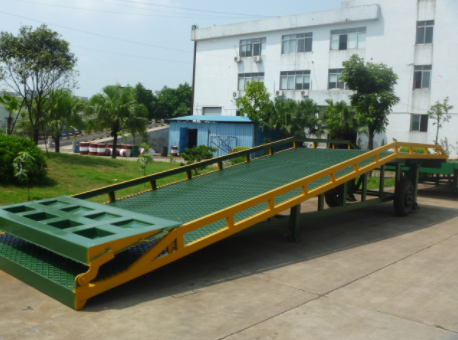 spieth12@spiethstorage.com
spieth12@spiethstorage.com +86 18006010205
+86 18006010205
LATEST NEWS
-
Time:9/16/2025
-
Time:9/15/2025
-
Time:9/10/2025
-
Time:9/5/2025
-
Time:9/2/2025
CONTACT US
-
 Tel : +86 18006010205
Tel : +86 18006010205
-
 E-mail : spieth12@spiethstorage.com
E-mail : spieth12@spiethstorage.com
-
 Address : Tongan Park, Tongan District, Xiamen, China 361023
Address : Tongan Park, Tongan District, Xiamen, China 361023
Product News
European Pallet Vs American Pallet: Difference and Choose
 Time:4/15/2025
Time:4/15/2025 875
875When it comes to global logistics, pallets are the backbone of storage and transportation. However, not all pallets are created equal. Two of the most widely used pallet types are the European Pallet (Euro Pallet) and the American Pallet (GMA Pallet). Each has unique specifications, making them suitable for different markets and supply chains. Understanding the differences is key to optimizing your operations—especially when exporting to regions like Europe, North America, or the Middle East.

Size Matters
One of the most obvious differences lies in dimensions.
Euro Pallets measure 1200 x 800 mm (47.2 x 31.5 inches). They are tailored to fit European transport systems, warehouses, and racking structures.
American GMA Pallets are slightly larger, measuring 48 x 40 inches (1219 x 1016 mm), which suits North American shipping containers and retail storage requirements.
These differences mean pallets are not always interchangeable. Mismatched pallet sizes can create inefficiencies in shipping and warehouse storage, especially when dealing with automated systems.
Construction and Durability
Euro pallets are typically heavier and more robust, built to meet strict standards set by the European Pallet Association (EPAL). Their solid block construction allows for four-way forklift access and makes them ideal for high-load, repeated use in closed-loop systems.
In contrast, GMA pallets are generally lighter, with a stringer design that was originally intended for two-way forklift access—though many modern versions now support four-way entry. While still durable, they are more commonly used for one-way shipments and fast-moving consumer goods in North America.
Compliance and Standards
Both pallet types can be heat-treated to comply with ISPM 15 regulations for international shipping. This treatment prevents the spread of pests and ensures that pallets are accepted at customs in most countries.
Euro pallets must meet EPAL or UIC 435-2 standards and are often stamped with quality and treatment marks. American pallets, on the other hand, usually adhere to guidelines set by the Grocery Manufacturers Association (GMA), especially in retail and food industries.
Regional Usage
Euro Pallets are widely used across Europe and parts of Asia, particularly in logistics systems that require consistent, reusable pallets.
American Pallets dominate the U.S., Canada, and Mexico, especially in the grocery, retail, and consumer goods sectors.
If you’re shipping goods internationally—especially to the Middle East, which imports from both the U.S. and Europe—it’s important to consider your destination market’s preferred pallet type.
Choosing the Right Pallet for Your Needs
If you're exporting to Europe or working with companies that follow European logistics standards, Euro pallets are likely your best choice. Their consistent quality and compatibility with European warehouses make them a reliable option.
If your products are heading to the U.S. or Canada, especially into supermarkets or retail chains, American GMA pallets will ensure smoother handling and fewer logistical challenges.
Final Thoughts
Choosing the right pallet is more than just picking a size. It’s about aligning with regional standards, ensuring compatibility with transport and storage systems, and ultimately improving the efficiency of your supply chain. Whether you're shipping domestically or expanding internationally, understanding the differences between European and American pallets can help you make smarter, more cost-effective logistics decisions.
Send Message
ONLINE SERVICE
-

-
 +86 18006010205
+86 18006010205 -
 +86 18006010205
+86 18006010205
 0
0
Browsing History


















 link:
link:




